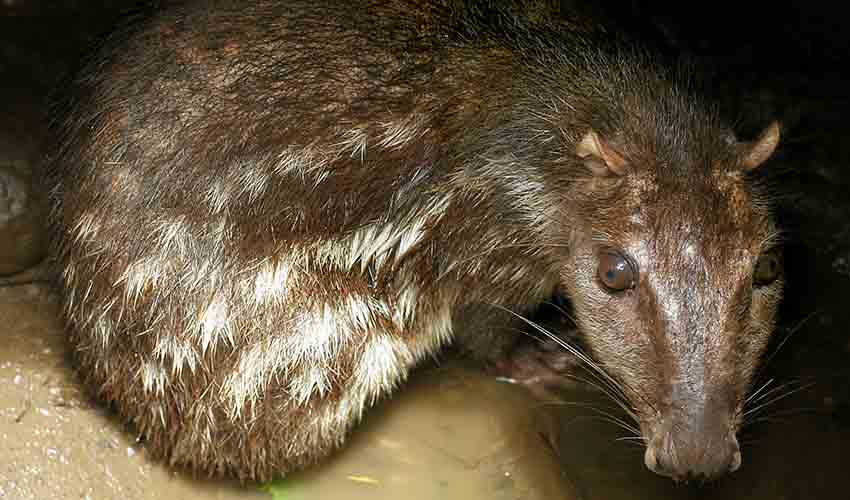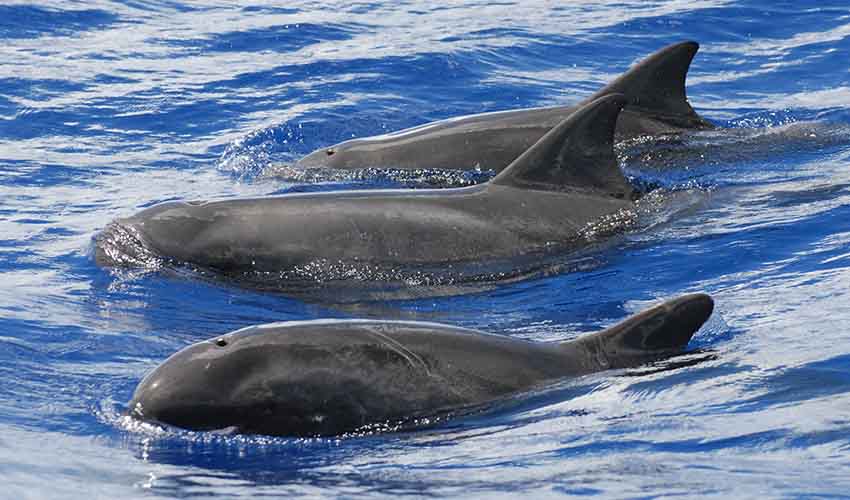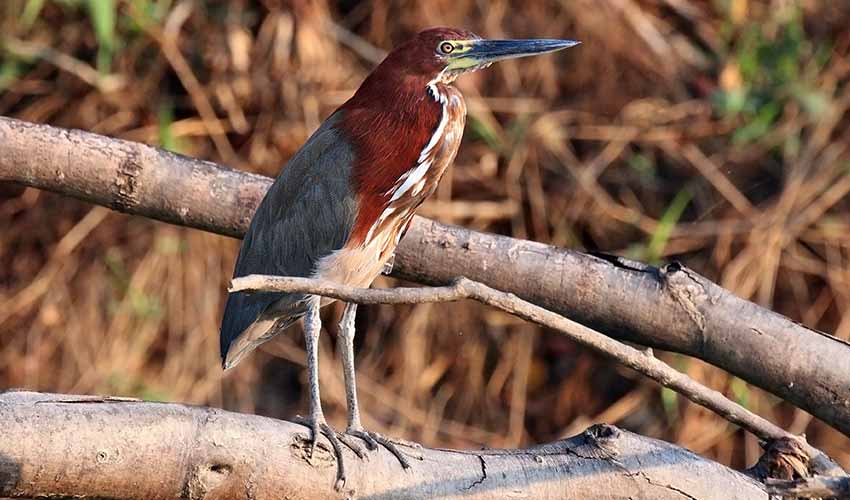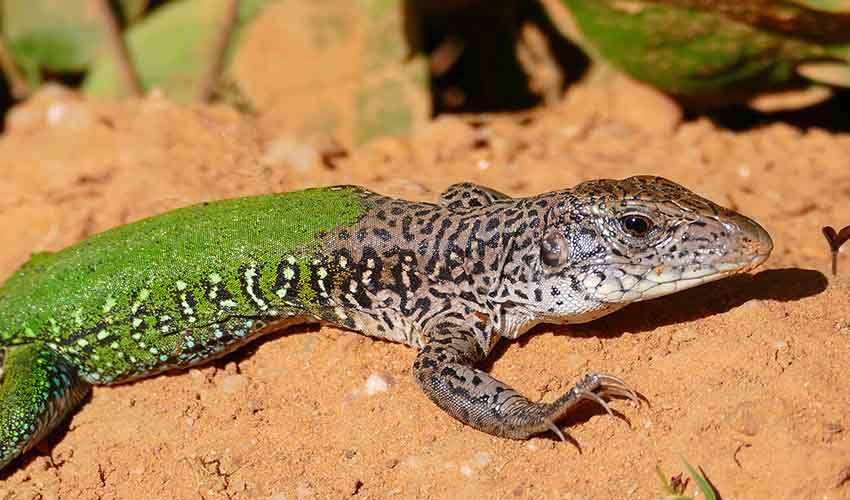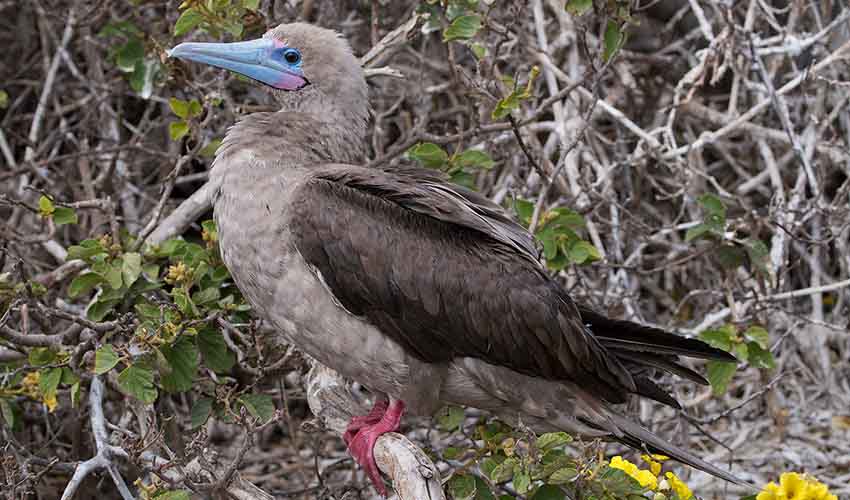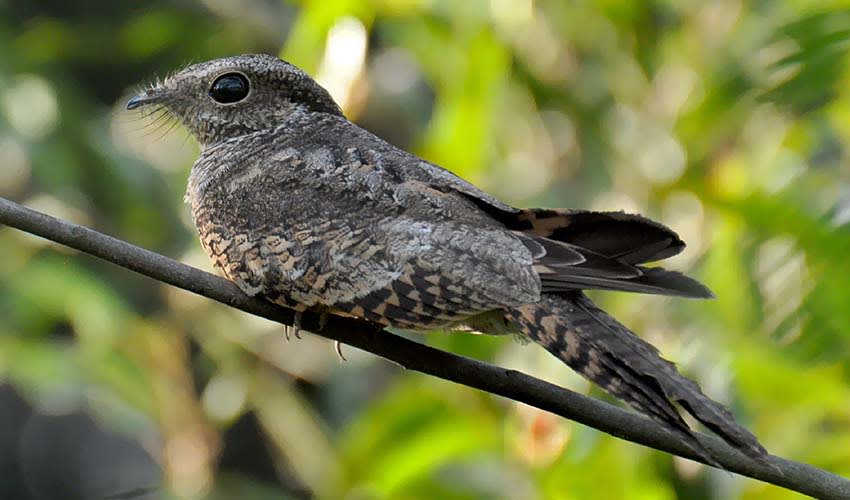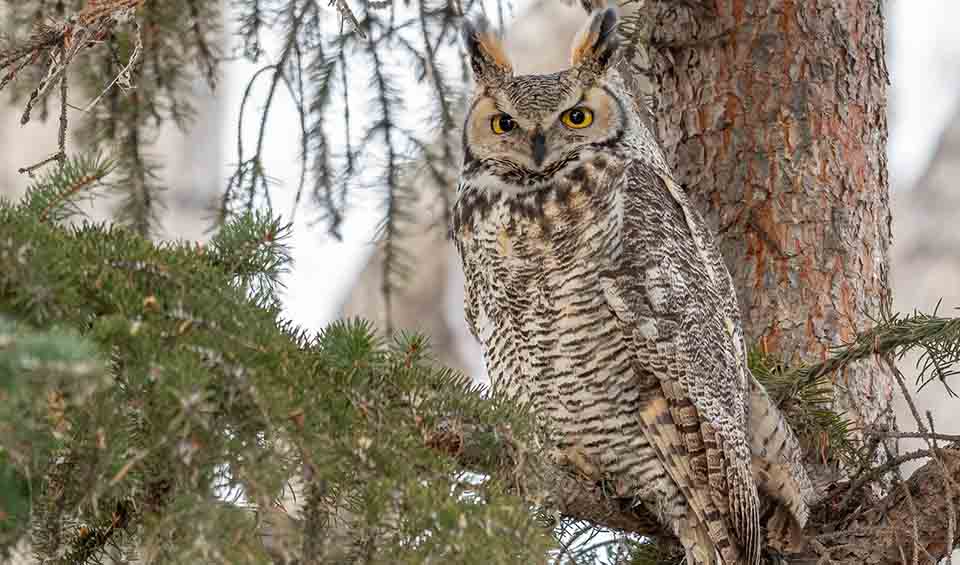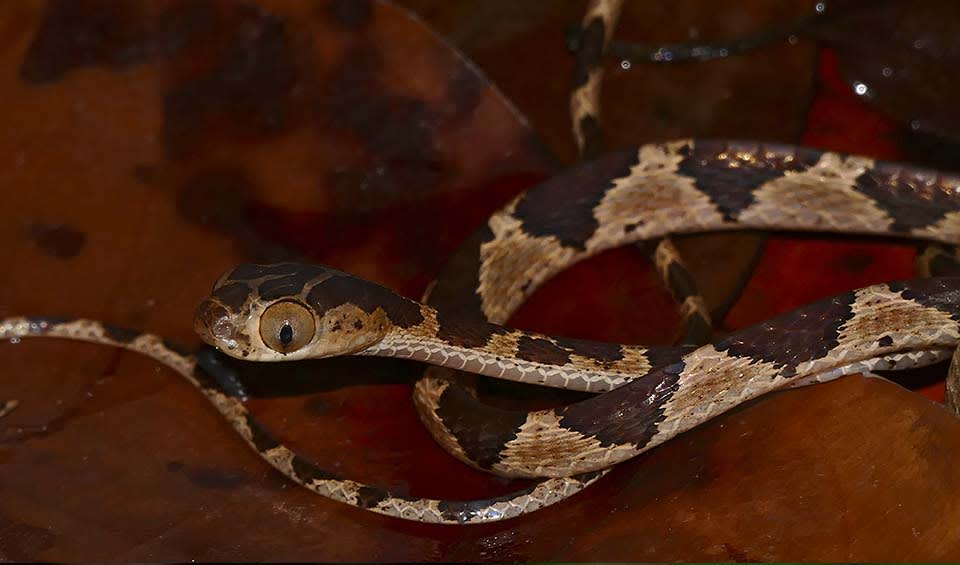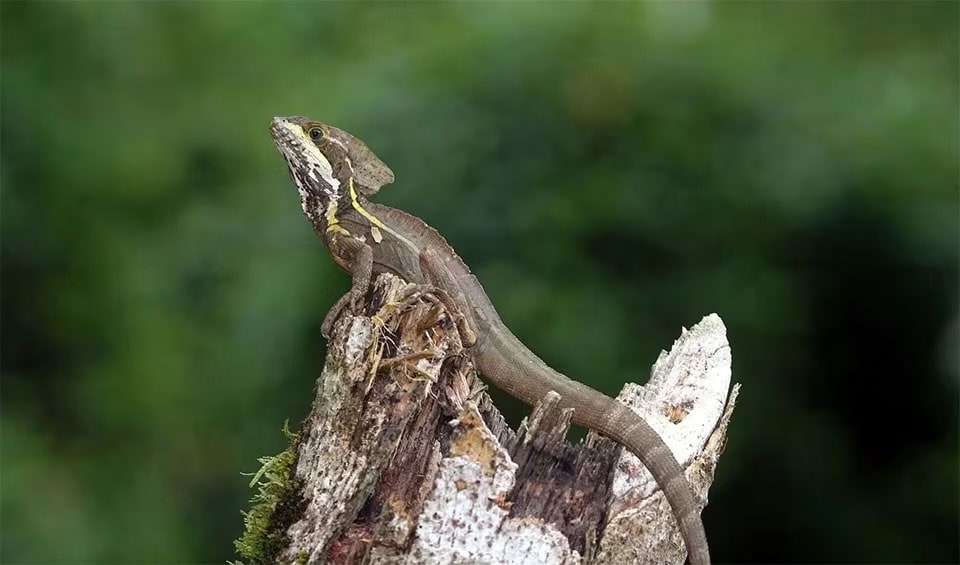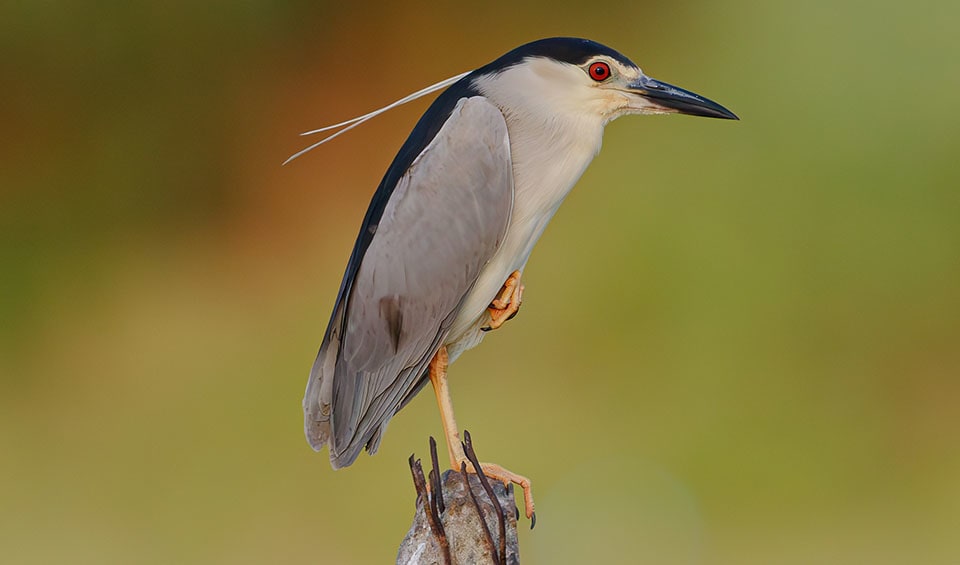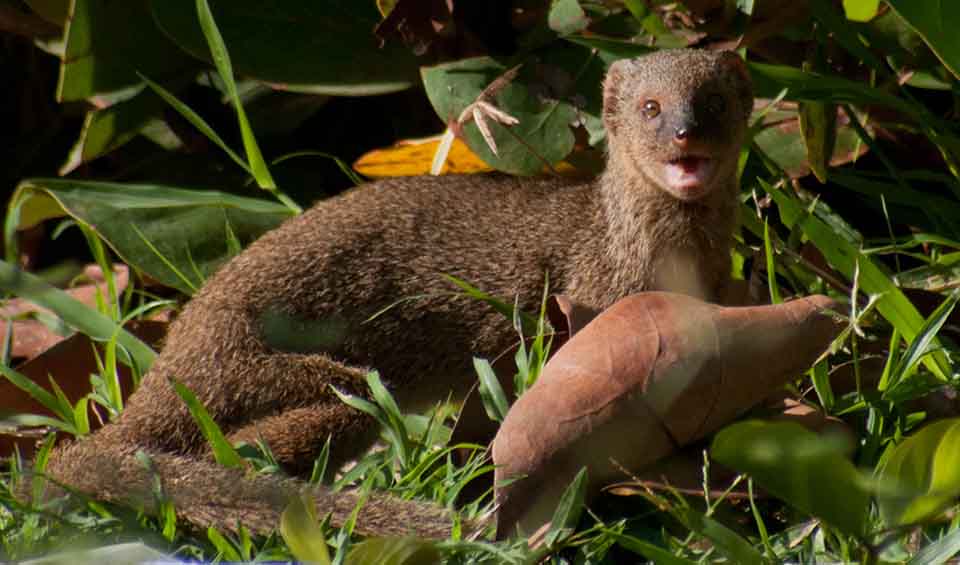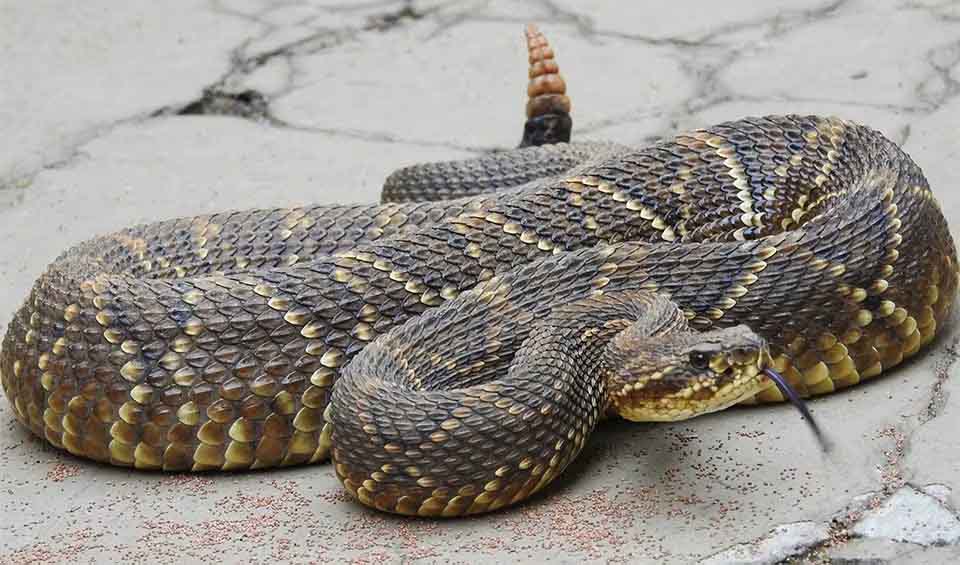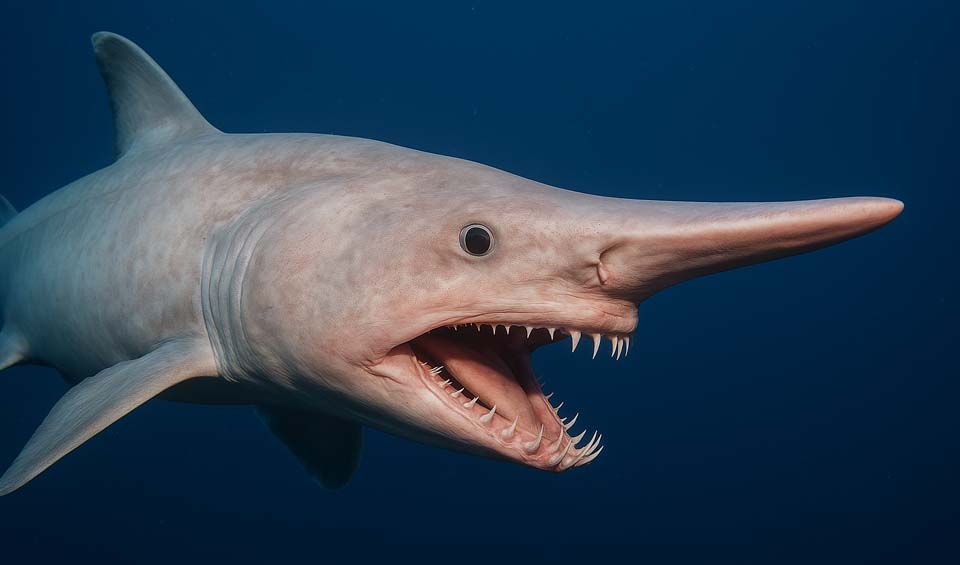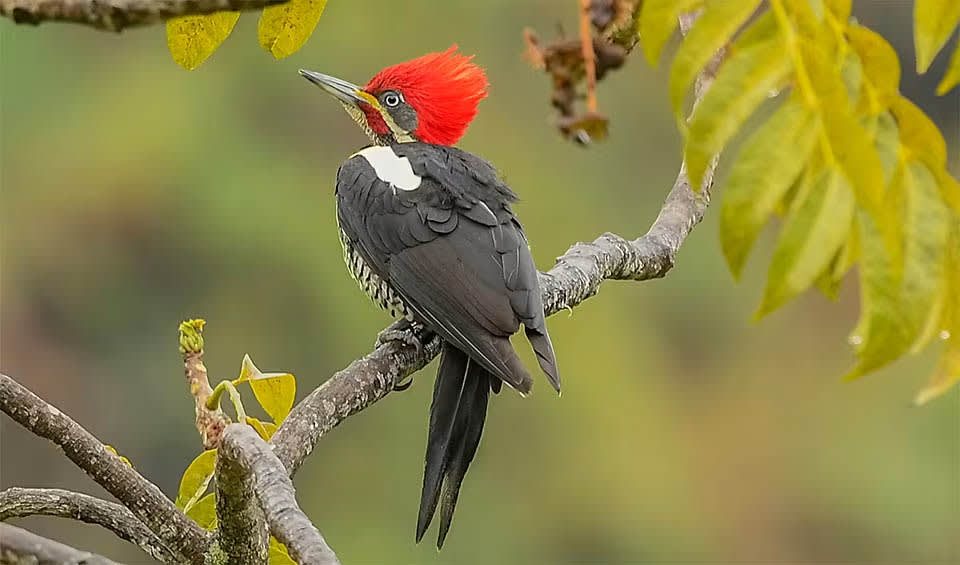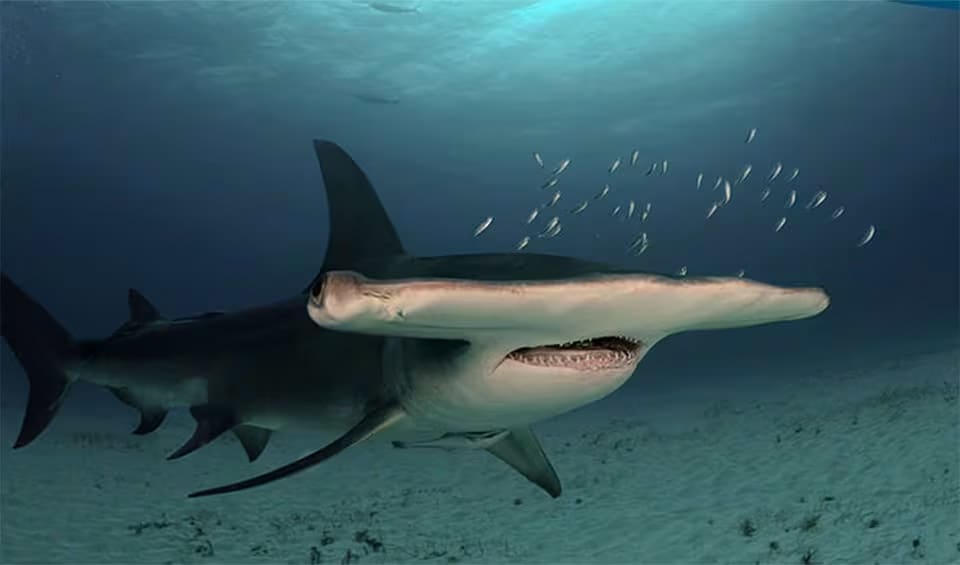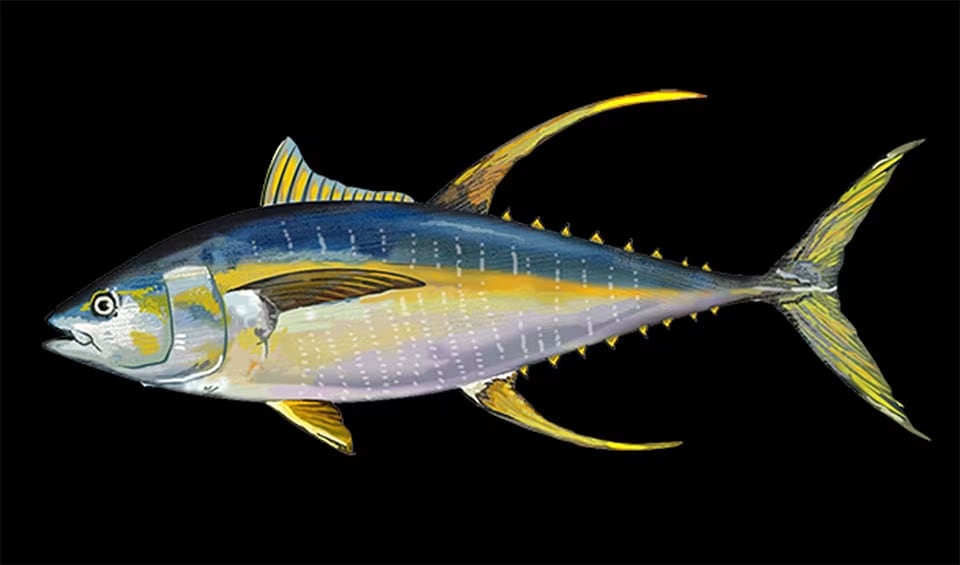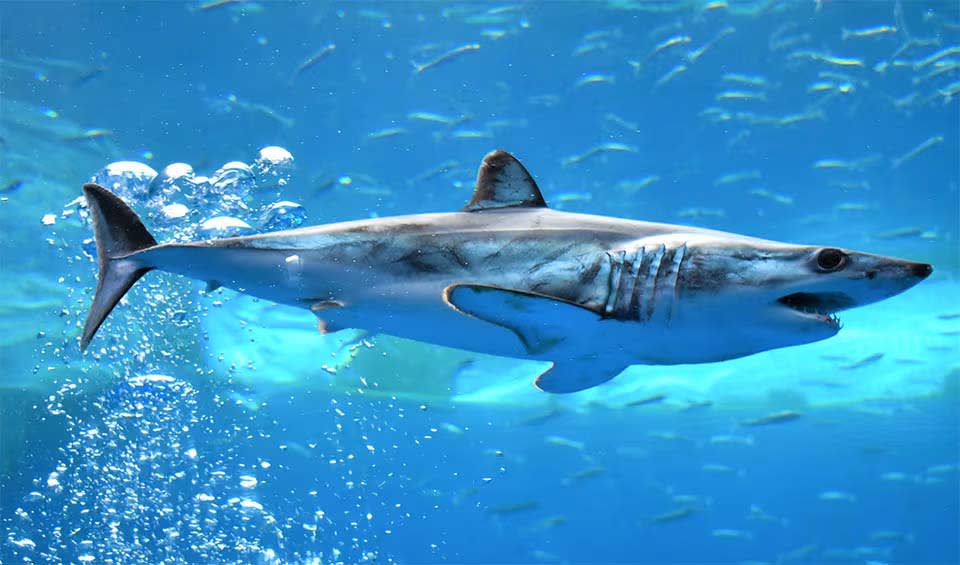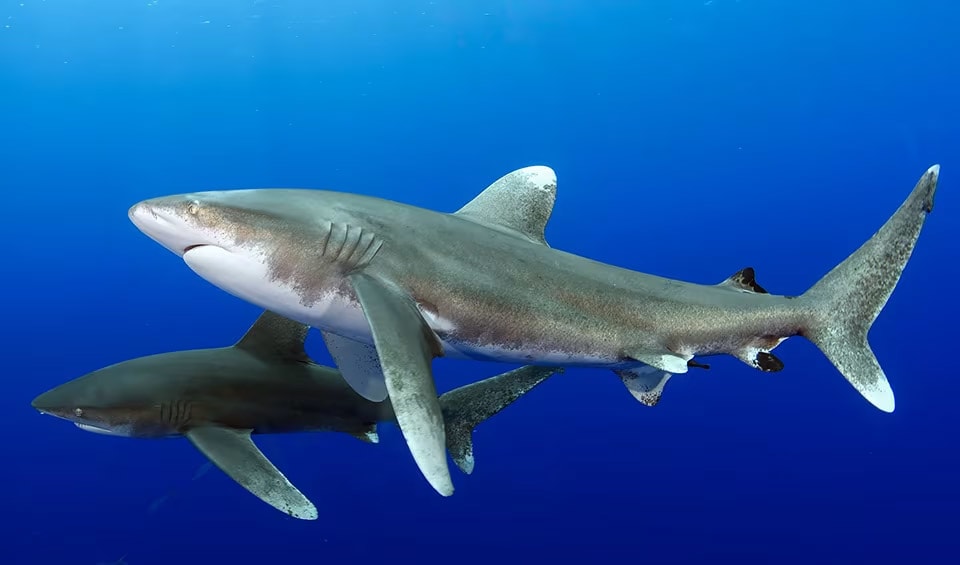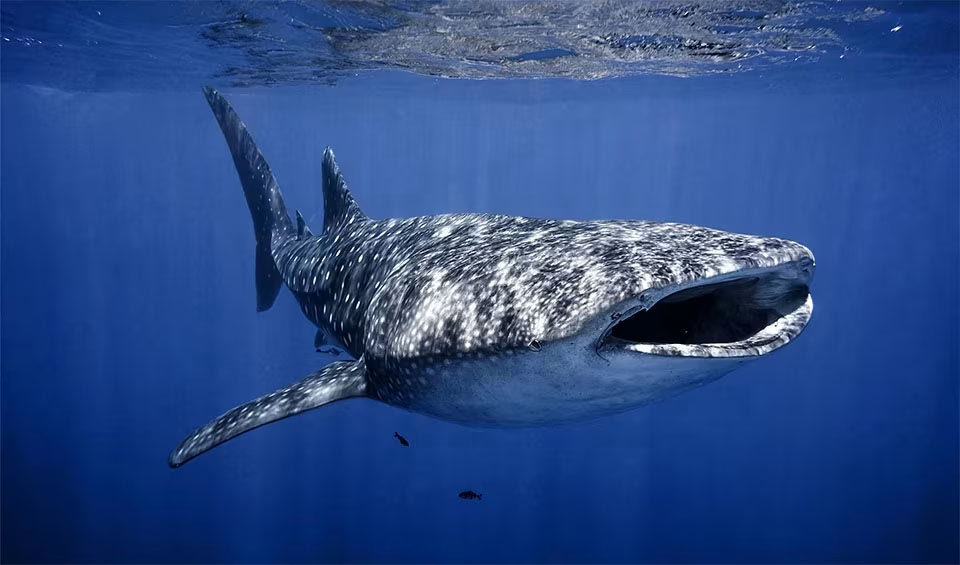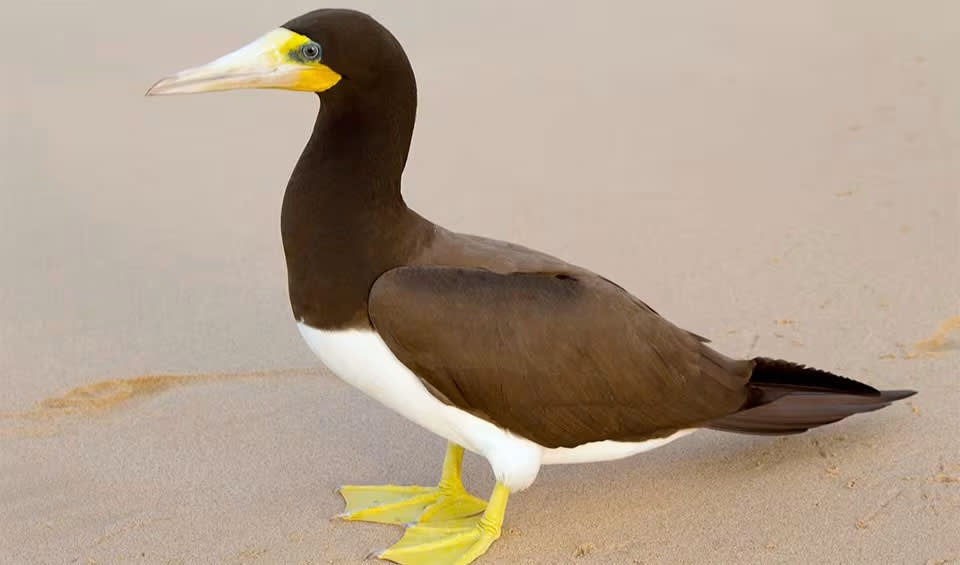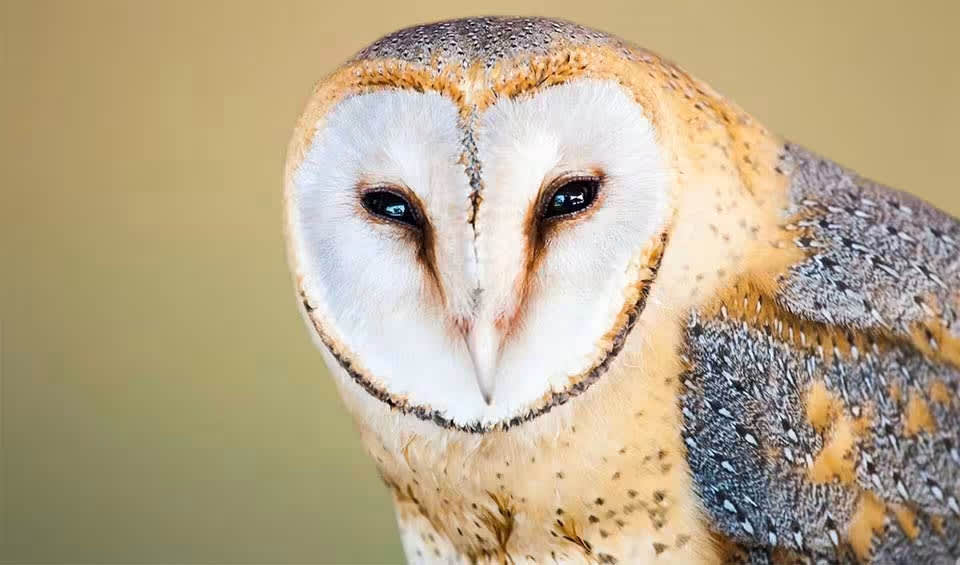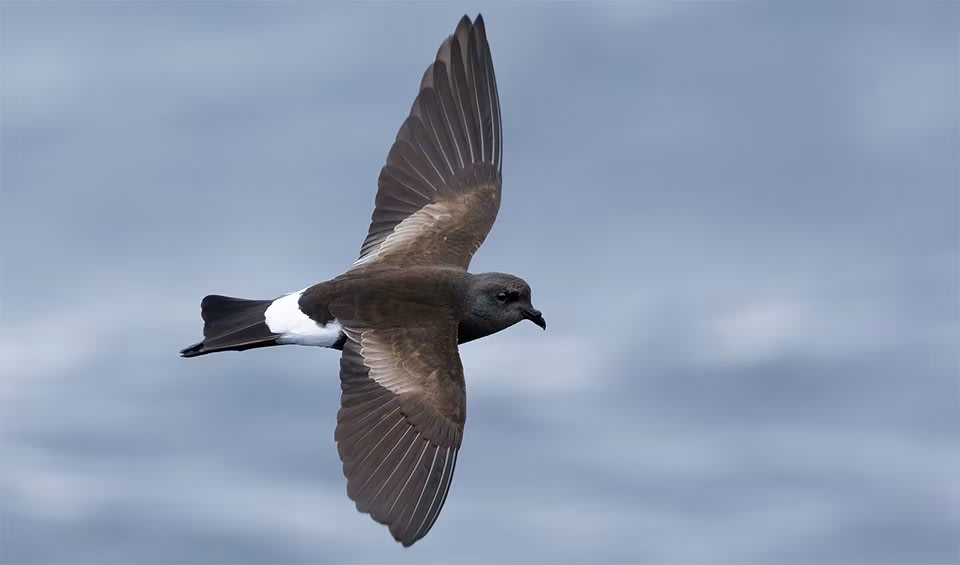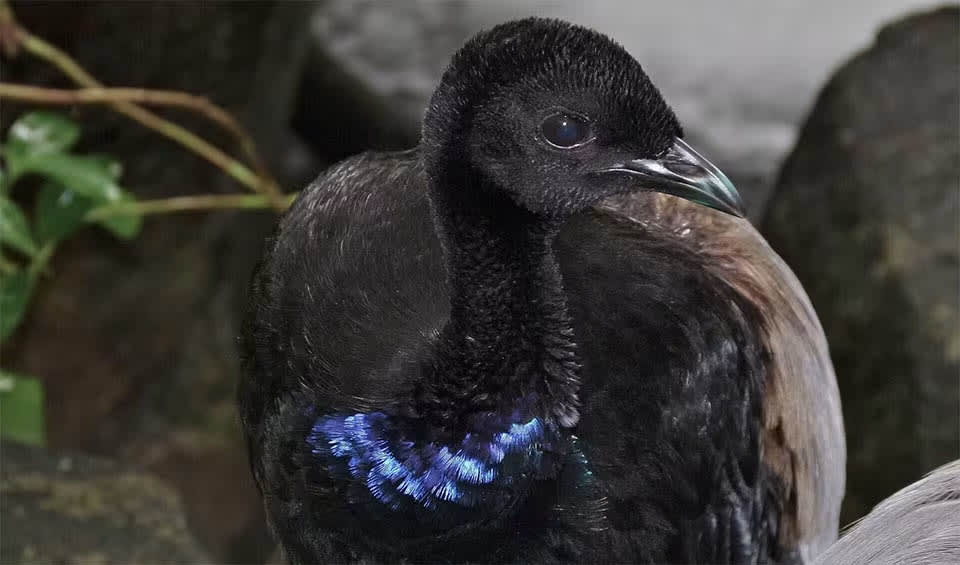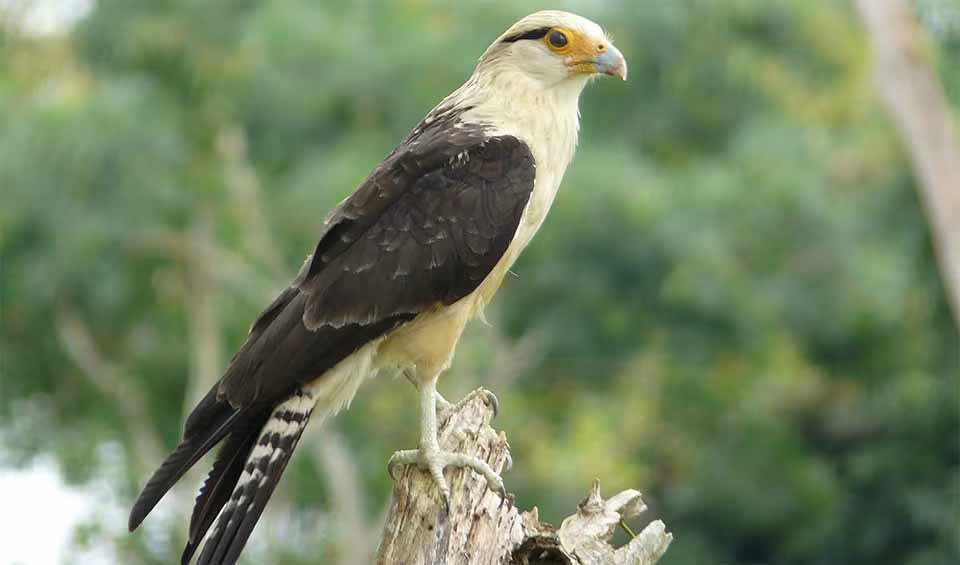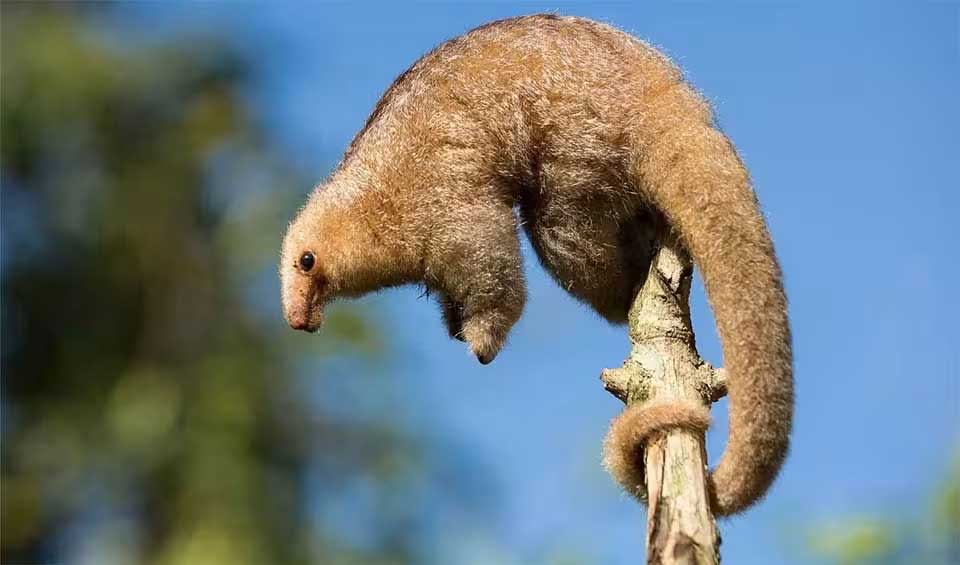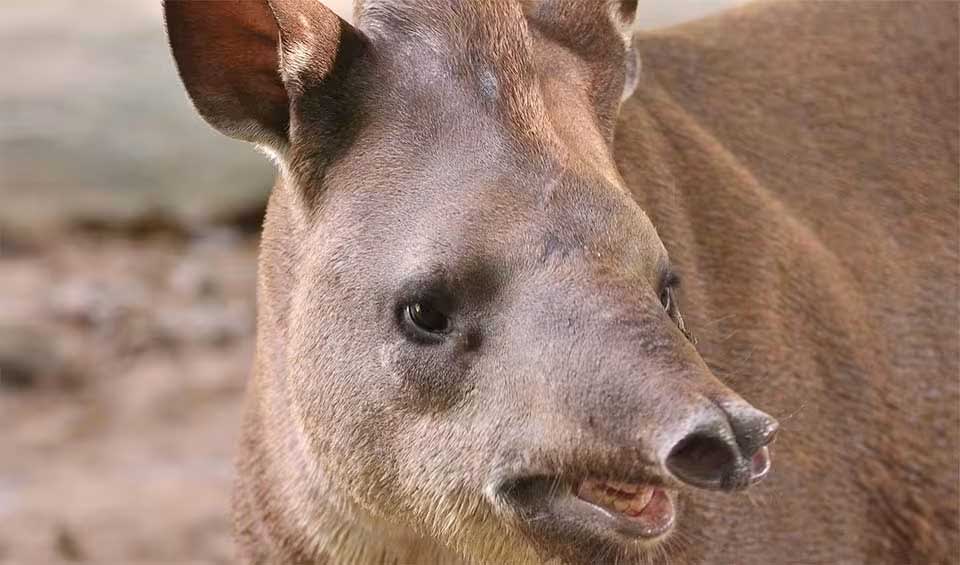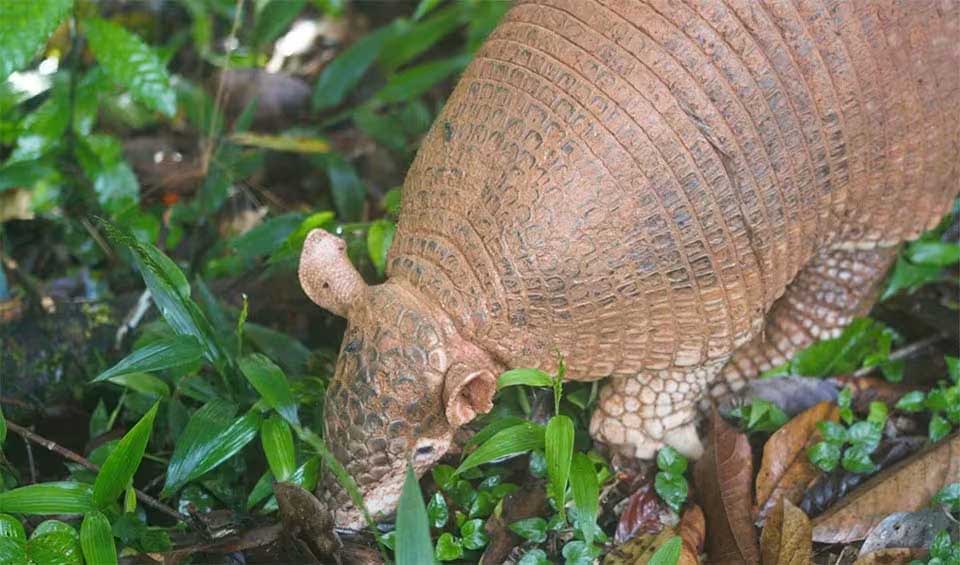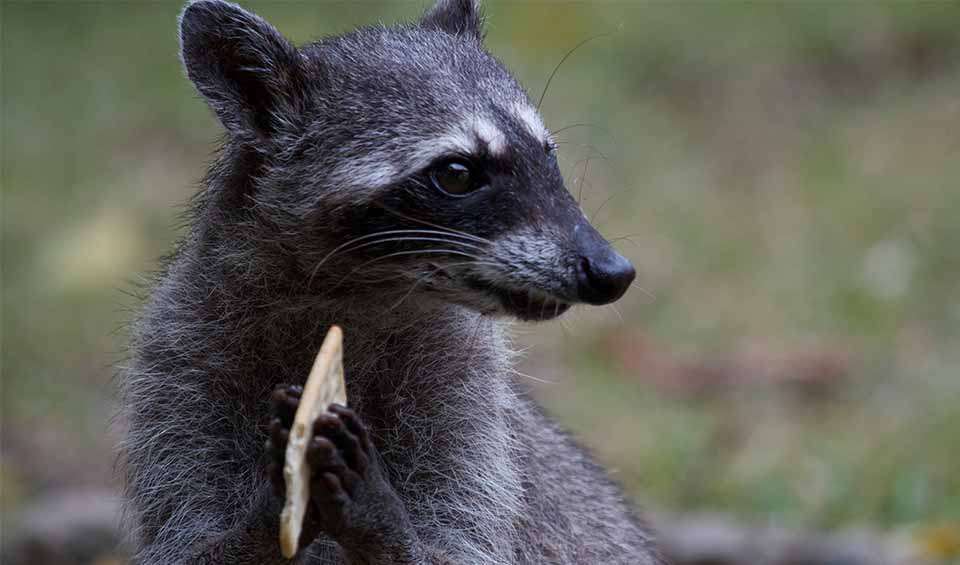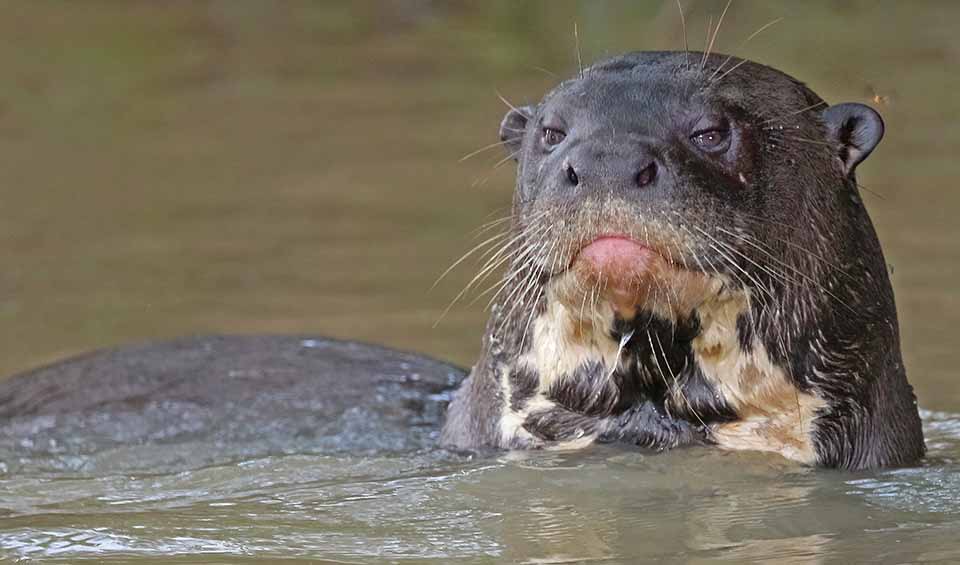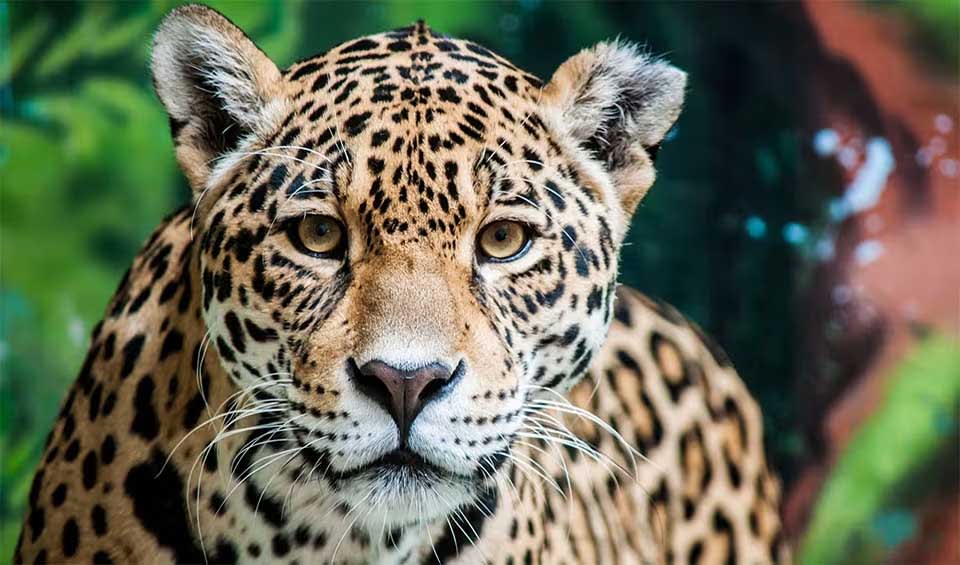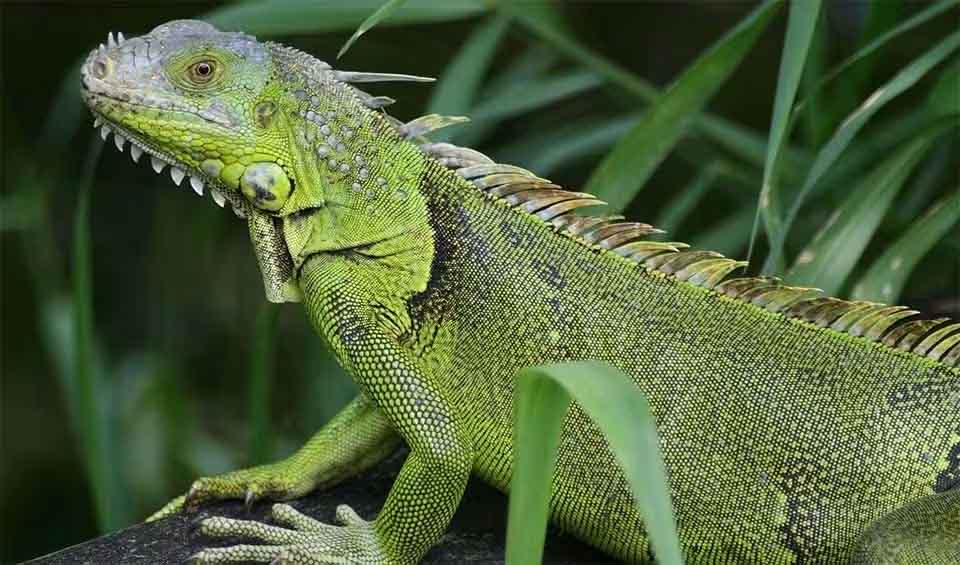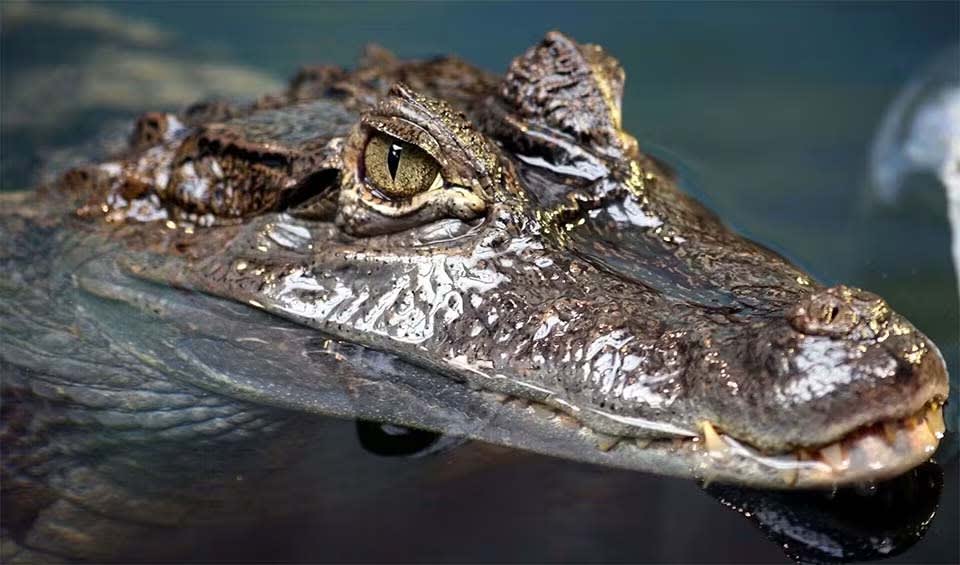Search for Guyana
Lowland paca
The spotted rabbit of the jungle—though they are rodents, not rabbits!
Brazilian porcupine
Their long, fleshy noses give them a comical, almost cartoonish look, especially when sniffing around for fruit
Southern tamandua
One of the most effective—and quirky—pest controllers in South America’s wild landscapes
Pygmy killer whale
One of the lesser-known members of the dolphin family, despite its dramatic name
Rufous-crowned elaenia
A master of understatement—until it pops its crest
Largetooth sawfish
The only sawfish known to spend long stretches of its life in freshwater lakes, not just rivers or coasts
Red-backed bearded saki
Sometimes called “the philosophers of the forest” because of their bearded, thoughtful expressions
Ruddy ground dove
One of the tiniest doves in the Americas
Green ibis
Sometimes called the “Whispering Ibis”—not because it whispers, but because it’s so quiet and elusive compared to other ibises
Rufescent tiger heron
Doesn’t put its nest near the water’s edge like many of its relatives
Wood stork
The “giant of the swamp”
Green kingfisher
Have eyesight that is exceptionally keen—so much so that they can easily spot tiny fish swimming just beneath rippling water
Giant ameiva
Can move startlingly fast, often vanishing in a blur of motion when startled
Amazon tree boa
Can “see” the body heat of animals even in total darkness
Red-footed booby
Goofy-looking yet evolutionarily refined for life above the waves
Masked trogon
Often tame and unafraid of humans
Red siskin
Tiny but feisty flyers
Tropical kingbird
Surprisingly aggressive for a bird with a sunny name
Gold tegu
A rugged, resourceful lizard with a bold look and a wild streak
Greater sac-winged bat
A scented, singing, socially savvy insect hunter
Turkey vulture
A bird that quietly keeps the environment clean
Amazon kingfisher
Despite its name, it is not limited to the Amazon Basin
Ladder-tailed nightjar
A nighttime hunter extraordinaire
Great black hawk
One of the largest hawks in the Americas
South American coati
Known to investigate campsites, rummage through backpacks, and even figure out how to open containers
Scalloped hammerhead
Their skin actually darkens, just like a sunburn!
Great horned owl
Often called the “tiger of the sky” because of its fierce hunting skills and bold personality
Ruddy turnstone
They flip the script — literally!
Emerald tree boa
Often confused with the green tree python but they aren’t closely related at all
Barred forest falcon
The ghost of the rainforest — more often heard than seen
Spectacled owl
Easily recognized by its bold facial markings that resemble a pair of white spectacles
Agami heron
One of the most beautiful and secretive herons in the world
Blunthead tree snake
Looks more like a living vine or a character from a fantasy novel than a typical reptile
Cloudy snail-eating snake
Unlike many snakes that rely on speed or venom, this snake depends on stealth and precision
Common basilisk
Also called the Jesus Christ lizard because of its ability to walk on water
Black-crowned night heron
One of the most widespread and adaptable herons in the world
Yellow-crowned night heron
Crabs make up over 90% of their diet
Small Indian mongoose
Famous snake-fighter — with strategy
Green anaconda
When most people say anaconda, they mean the green anaconda, the largest of all snakes!
South American rattlesnake
Both feared and respected, often appearing in traditional stories and as a symbol of danger and power
Common Surinam toad
Got trypophobia? You might want to avoid looking at this froggy!
Laughing gull
Once you’ve heard them laugh, it’s hard to forget!
American kestrel
The smallest of falcons in the entirety of America, but you would be mistaken to take this bird lightly
Goblin shark
Its appearance is what really sets it apart—it looks like something straight out of a science fiction movie
White-faced whistling duck
Loud birds with a distinct three-note whistling sound
Lineated woodpecker
With its strong, sharp beak, it’s a master at pecking holes into trees to find tasty bugs hiding inside
Brown pelican
The smallest of the eight pelican species
Barn swallow
Most common and widely distributed swallow globally
Great hammerhead
The biggest of all the hammerhead sharks, with a massive head that looks like a giant, flat hammer
Crested caracara
Got the looks of a hawk with the scavenging habits of a vulture
Yellowfin tuna
Popular food fish, prized for its mild flavor and firm texture
Southern lapwing
Fearless defenders of their nests and chicks, often taking on much larger animals or humans if they perceive a threat
Great kiskadee
This bird is a real chatterbox, constantly announcing its presence with its loud, three-part call – “kis-ka-dee!”
Pantropical spotted dolphin
A champion swimmer and a social butterfly of the warm seas
Brown noddy
They bob their heads up and down as they fly, which is actually how they earned the nickname “Noddy”
Brown-throated parakeet
Charming little parrot with a personality as bright as its feathers
Burrowing owl
They don’t build their own nests – they cleverly take over burrows abandoned by prairie dogs, ground squirrels, or even tortoises!
Common bottlenose dolphin
Known for their acrobatic leaps, twisting and turning gracefully as they jump completely out of the water
American flamingo
Famous for its habit of standing on one leg
Mealy amazon
Known to dangle upside down from perches, perform little dances, and invent games with simple objects
Water buffalo
The “living tractors of the East”—vital in traditional agriculture, particularly in Asia
Little egret
During breeding, they transform with elegant white plumage, adorned by decorative plumes on the head, neck, and back
Tiger shark
They eat almost anything that comes their way – you name it, they’ll try to snack on it!
White-lipped peccary
They can spend up to two-thirds of their day traveling and feeding
Golden-handed tamarin
One loud chirp from a scout, and the whole group vanishes into the canopy in seconds
Red-faced spider monkey
The red face is thought to signal good health—much like a natural status badge in the jungle
Shortfin mako shark
Speed and power embodied, they rule the seas with their sleek bodies and jaw-dropping leaping prowess
Basking shark
Majestic giants of the sea, they peacefully glide through the ocean with mouths agape, filtering the waters for sustenance
Oceanic whitetip shark
Opportunistic predators of the open ocean, their aggressive and persistent feeding behaviour strikes fear into the hearts of their prey
Bull shark
Fearless and formidable, these aggressive predators command respect in the waters they roam
Whale shark
Gentle giants of the sea, with mouths wide open to filter the ocean’s bounty
Great white shark
Majestic ocean predators, embodying power, speed, and precision in their pursuit of prey
Saber-toothed tiger
Despite its name, this animal was not a true tiger, nor was it related to any modern cat
Giant ground sloth
Discover the mystery of a prehistoric giant: an enormous herbivore with powerful claws and a tragic fate
Oncilla
Beneath its fierce exterior lies a tender heart, as it is also known for its loving nature toward its young
Margay
These wild cats are cute, intelligent, agile, and well-adapted to inhabiting tropical and subtropical forests
Capybara
Communicate using various vocalizations such as whistles, whinnies, and growls
Anhinga
Their neck vertebrae have a hinge mechanism that allows it to dart its long neck and pierce its prey quickly
Great Tinamou
A large bird with the tiniest heart and the highest percentage of skeletal muscles used for locomotion
Brown booby
An impressively acrobatic bird that can catch flying fish mid-jump
Blue-and-yellow macaw
The pale yet gorgeous face blushes when this bird is excited, revealing a sensitive and soft heart
Barn owl
The most cosmopolitan of owls with home ranges extending across the globe
Scarlet macaw
One of the most colorful birds — effortlessly falls in love
Wilsons storm petrel
This species is found in all world oceans except the north Pacific Ocean
Leachs storm petrel
These petrels stylishly ride the ocean waves like they own the winds
Toco toucan
The largest toucan there is with a long and serrated beak
Guianan puffbird
These puffy birds can eat poisonous prey for breakfast
Paradise jacamar
These agile hunters can catch butterflies and dragonflies mid-flight
Red-billed tropicbird
Professional marine forecasters to optimize breeding success and prey availability
White-tailed tropicbird
These ocean wanderers can be spotted from a distance showing awe-inspiring aerial tricks
Roseate spoonbill
An easily recognizable bird due to its pink body and spatulate bill
Scarlet ibis
The flocks of this striking self-descriptive bird are a sight to behold
White bellbird
The loudest living bird
Scarlet flycatcher
The scarlet ambush hunter
Hoatzin
Only living representative of this order is the hoatzin, found only deep in the Amazon!
Grey-winged trumpeter
Before you ask – no, this bird doesn’t sound like a trumpeter; however, they do have distinct call
Limpkin
They don’t need salt, bamboo sticks, or forks to deshell a snail – they have a well-adapted bill to do the job
Black caracara
The Racoons of the bird kingdom who will eat almost anything to survive
Yellow-headed caracara
A common scavenger bird that cleans up the roads of Central and South America
Red-throated caracara
The largest species of the three species present in the Amazon
Peregrine falcon
At the speed of over 321 km/h (200 mph), this bird outraces a Formula1 car
Sunbittern
The sole member of its entire family and the closest living relative to the Kagu
Jabiru
One of the tallest flying birds of Americas
Black-winged stilt
Elegant long-legged wader, common almost worldwide
Great skua
Jack Sparrow of the bird kingdom
Common tern
This bird holds the record of the longest distance flown by any bird in recorded history
King vulture
The most colorful vulture, with the orange cruncle
Oilbird
This nocturnal species lives in caves and uses echolocation to navigate, and yes, it is a bird, not a bat!
Great potoo
These nocturnal birds live in solitary and can peek around even with closed eyes
Harpy eagle
The world’s most spectacular and most robust eagle species serves a critical ecological role in the ecosystem they live in
Osprey
One of only six land-birds with a cosmopolitan distribution habituating all continents except Antarctica
Amazonian manatee
The unique aspect observed in the species is that they can see or visualize underwater to navigate or avoid obstacles
Linnaeus’s two-toed sloth
The digestion process of tough leaves is very slow; it might even take up to 1 month to digest one meal
Pale-throated sloth
When it comes to sloths, there are degrees of slothfulness and three-toed sloths are the most slothful (SLOW) of all!
Giant anteater
These specialist predators of termites and ants are not immune to ant bites
Silky anteater
Also known as pygmy anteater, they are the smallest and most adorable of their insect-eating kind
Brazilian tapir
Flee and dive into the water when facing a predator and remain deep under the water until the predator leaves
Giant armadillo
The largest living armadillo, growing up to 1.5m (5 ft) in length, yet it feeds on tiny termites!
Nine-banded armadillo
Found all over the Americas, it is the most widespread species of all armadillos
Crab-eating raccoon
Despite the common name, they do not feed on crabs exclusively
Kinkajou
Has a spooky nickname, “La Llorona” meaning crying woman in Spanish due to their noisy barks, hisses, and high-pitched squeaks
Tayra
Widespread in tropical and subtropical forests Central and South America
Greater grison
When they move cautiously, they press their body close to the ground and move in a zigzag pattern like a snake
Giant otter
Don’t be fooled by their harmless appearances; they can hunt caiman, piranhas, and anacondas in the wild!
Cougar
The most widespread large mammal of the Americas: from Canada’s Yukon to the Andes in South America
Jaguarundi
Secretive and solitary, inhabiting various habitats of Central and South America
Ocelot
They are picky eaters, often plucking off all the furs or feathers of the prey before start eating them
Jaguar
This solitary cat is America’s largest feline and the world’s third, after the tiger and the lion
Bush dog
First discovered as a fossil in Brazil, before ever witnessed – it was believed to be extinct
Crab-eating fox
During the wet season, they search for crabs in muddy floodplains
White-tailed deer
We use our agility and speed to outrun their predators, sprinting up to 48.2km/h (30 mph) and leaping as high as 3m (10 ft)
Collared peccary
Suffering from poorly developed vision, they heavily rely on vocalization to communicate
Guyanan red howler
The renowned “alarm clocks of the jungle”
White-faced saki
Nicknamed ‘flying monkeys’ due to their exceptional ability to move around rainforest habitats by very long leaps
Yellow-spotted river turtle
These turtles have a dark shells with yellow markings, giving them their name
Giant Amazon river turtle
One of the largest freshwater turtles in the world and the true heavyweight of South America’s rivers
Mata mata
Second species in this genus only identified in 2020
Leatherback sea turtle
The mysterious diver of the ocean is the largest and only sea turtle without a hard shell and scales
Green iguana
From the US down to Brazil, this trans-American lizard is the most common iguana
Black caiman
There are a lot of big reptiles, but these caimans are a class of their own!
Spectacled caiman
You might get the worst scare of your life if you see the crimson glow in the eyes of these creatures at night
Cuviers dwarf caiman
A heavily armored small crocodile native to South America
Microcaecilia taylori
Also known as Tiny Taylor’s Caecilian
Mission golden-eyed tree frog
Golden-eyed frog, Panda treefrog, Blue-milk frog -so many cute names for such a poisonous animal!
Cane toad
When a big one meets a smaller one, it’s lunch!
Smooth-fronted caiman
Its eyes reflect red under flashlight or torchlight, making it possible to spot them during night surveys
